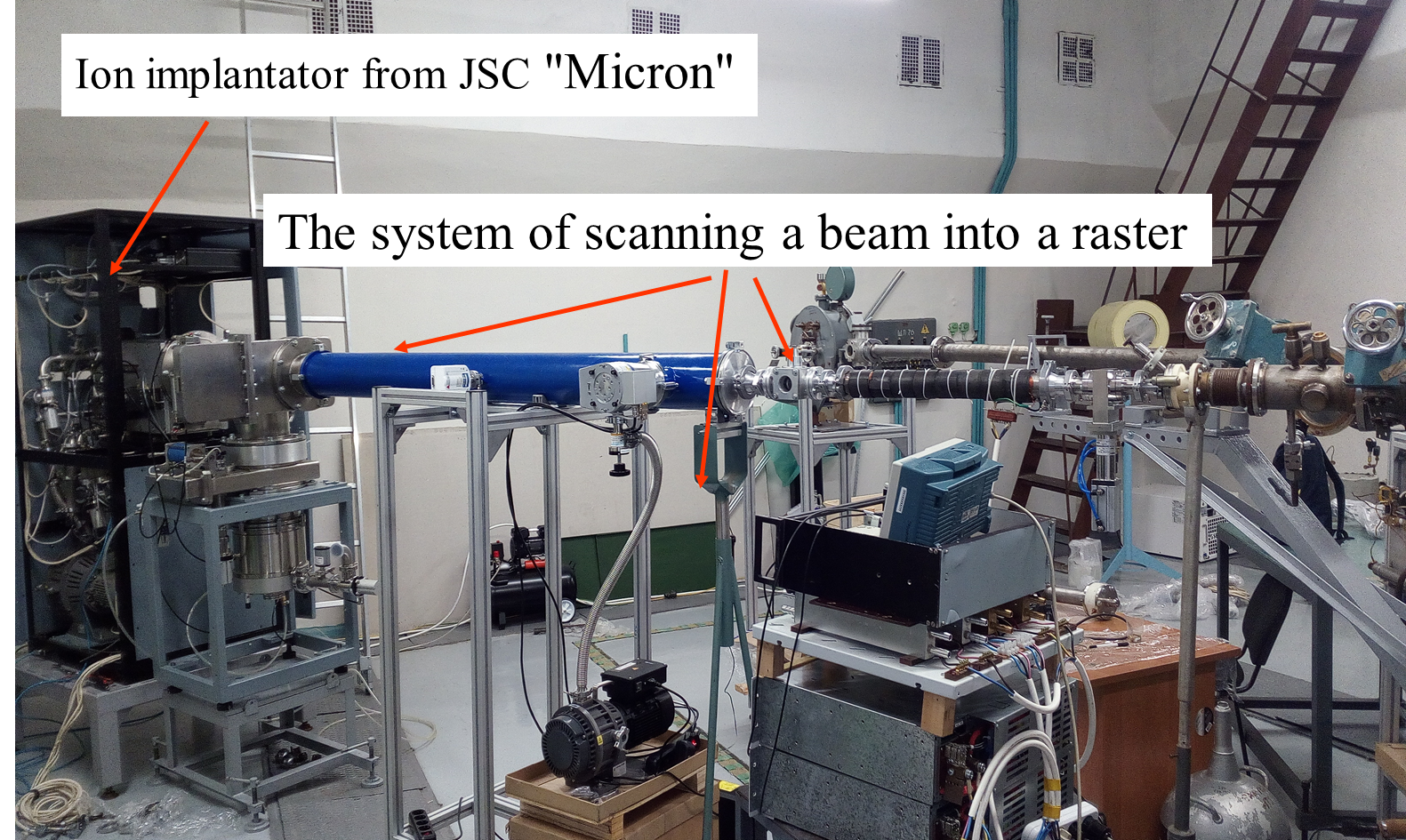- Details
"Importance, Mechanism and Application of Inertial Electrostatic Confinement Fusion (IECF) Device and Designing an Optimum Shield for It"
M.N. Nasrabadi (Faculty of Physics, University of Isfahan, Iran)
While the majority of fusion energy research is focused on magnetic confinement fusion, there are several alternative confinement methods aimed at the development of smaller and less expensive reactors one of which is inertial electrostatic confinement fusion (IECF). One of the most important characteristics of the IEC device is performing of advanced fusion reactions without radioactive products. But, in comparison to other fusion devices, IECF delivers less output energy and therefore, researchers concentrate on developing this device for a number of near-term applications in the areas such as Neutron Radiography (NR), Prompt-gamma neutron activation analysis (PGNAA), Boron neutron capture therapy (BNCT), detection of illicit drugs and explosive materials, and space craft propulsion. Therefore, despite some restrictions, there are many interests in IEC devices because of their spread applications. Anyway, due to the existence of radiation hazards in each of these applications, it will be inevitable to design a suitable shield for this device based on simulation.
"Calculation of nuclear level density using statistical partition function method"
M.N. Nasrabadi (Faculty of Physics, University of Isfahan, Iran)
Nuclear level density (NLD) is a challenging and determinant statistical quantity for the study of nuclear many-body systems and the processes involved in them. It can be said that all the thermodynamic and statistical quantities of a nucleus are obtained from NLD. This quantity is also included in the statistical mechanisms of nuclear reactions as an important input component in many fields of pure and applied nuclear physics. For this reason, it has been studied significantly over the past years and extensive efforts have been made both experimentally and theoretically to determine it accurately. The behavior and dependences of NLD is completely related to the methods and models considered for the nucleus. In this work, a fully recursive microscopic approach based on the partition function method was used in order to accurately determine the NLD for 58Ni.
- Details
"Unusual properties of positronium moving in a magnetic field"
A.A. Simovonyan (teamwork with B.O. Kerbikov)
When positronium moves in a magnetic field, a radical restructuring of its structure occurs. In addition to the distortion of the original Coulomb levels, an extra wide “magnetic” well occurs with its own spectrum of long-lived states. The reason for this transformation is that in a magnetic field it is impossible to completely separate the movement of the centre of mass from the internal dynamics. Interest in the issue originates from the well-known paper of A.E. Shabad and V.V. Usov on “light positronism” in the magnetoatmosphere of a pulsar.
- Details
"Ion beam positioning and stabilization system for the EG-5 accelerator"
Luis Miguel Ledo-Pereda,V.N. Semenov, V.S. Rikhvitsky, A.N. Likhachev, R.Sh. Isaev, A.S. Doroshkevich
In the frame of the EG-5 accelerator modernization project, and joint work with Mikron JSC, Zelenograd and Angstrem JSC, Zelenograd, the authors of the report developed a proton beam scanning system for irradiating silicon wafers with a diameter of 150 mm. On the basis of the electrostatic accelerator (ESA) EG-5, together with the employees of JSC NPP ESTO, Zelenograd, an automated system was developed, manufactured and debugged for performing the technological operation of ion implantation of silicon wafers for the production of power electronics.
Fig. 1. Appearance and location of the installation elements.
- Details
"Gravity spectrometry with ultracold neutrons. Brief historical overview and current state of the scientific direction"
M. Zakharov
The report is of an informational and educational nature and was prepared based on materials from published works. The phenomenon of the neutron energy levels existence in the gravitational field above the mirror was predicted in [1]. Later, their existence was confirmed in experiment [2]. Further research was aimed at improving the accuracy of the experiment and finding the possibility of using this phenomenon. As a result, a high-precision method of ultracold neutron (UCN) spectrometry arise, based on measuring the frequency of neutron transition between energy levels [3]. UCN resonance gravity spectrometry can be applied to a number of fundamental studies, such as the search for new types of interactions, testing Einstein's weak equivalence principle, and testing models of the dark matter and the dark energy. The experimental implementation of the method showed a record accuracy in measuring neutron energy at a level of 10-15 neV.
[1] V.I. Luschikov and A.I. Frank, Quantum effects occurring when ultracold neutrons are stored on a plane, Pis’ma Zh. Eksp. Teor. Fiz., 20, 9, 607 (1978).
[2] V.V. Nesvizhevsky, et al., Quantum states of neutrons in the Earth’s gravitational field, Nature, 415, 297 (2002).
[3] H.Abele, et. al., Ramsey’s method of separated oscillating fields and its application to gravitationally induced quantum phase shifts, Phys. Rev. D, 81, 065019 (2010).
- Details
Agenda:
1. Approval of the Regulations on the FLNP STC.
2. Elections for the positions of:
2.1. Head of Department, DNP, FLNP
Applicant: V. N. Shvetsov
2.2. Head of Department, DNICM DCMRD, FLNP
Applicant: D. P. Kozlenko
2.3. Senior researcher, Group No. 1 of NS, FLNP
Applicant: S. Davaasuren
2.4. Senior researcher, Group No. 1 of NS, FLNP
Applicant: Ts. Tsolmon
2.5. Miscellaneous
All interested employees are welcome



